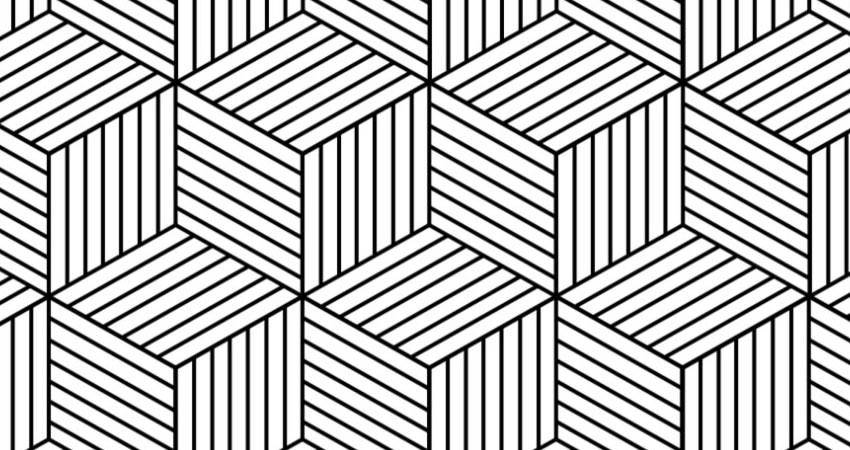Patterns of Best Practice

Coming Soon: Patterns of Best Practice
Arts integration often requires new ways of doing things, in every domain the university encompasses: teaching, research, scholarship, community engagement, administration, student life, and more. We recognize that academic leadership, faculty, and staff face difficult decisions of implementation every day, and that many may wish for a user’s manual, or how-to guide, with best practices for arts integration.
In fact, all of our a2ru partners are discovering and figuring out those best practices in their daily lives. a2ru gleans this practical knowledge from our 900+ interviews at research universities, and we gather it from our ongoing conversations with partners. Now we seek to share across our network the many effective practices for arts integration that have emerged from our research.
We envision these effective practices as discrete units that users can select and combine to suit their needs. We call each of these units a Pattern, following architect and planner Chris Alexander:
“A Pattern responds to a problem or challenge which occurs over and over again in our environment, describing the solution to that problem in such a way that you can use this solution a million times over, without ever doing it the same way twice.
What is the nature of Patterns? They are all based on real humans’ reports of what works. These are patterns of practice for arts integration in the university that emerged from the experiences of faculty, leaders, and students who integrate the arts into their work, in a variety of university settings. Sometimes, there is a theoretical underpinning for a Pattern, but theory takes a back seat to practice here.
They point the way toward a set of best practices for arts integration, or, more accurately, pretty good practices for arts integration (if “best” implies one-size-fits-all solutions that will encounter no obstacles of personality or situation). Any Pattern has the potential to be a great or not-so-great fit for any situation; keep the ones that work for you and discard the ones that don’t.
Patterns, Patterns, and more Patterns
a2ru is creating a bank of Patterns sourced from interviews and ongoing conversations. To help you find your way, the Patterns will be organized by elevation and by area of relevance:
- Elevation: Patterns can operate at the level of the collaborator—where insights are relevant for faculty, students, researchers, and community partners who are themselves involved in interdisciplinary collaboration—or at the level of the institution—dealing with issues germane to promoting interdisciplinary collaboration through supportive structures, policies, and practices across the university. A few patterns function at both elevations.
- Area of relevance: Most patterns relate strongly to one of five areas of concern: role of the leader, solid structure, bridging difference, creating equity, and positive environment. These areas operate at both elevations, with different implications at each. Many patterns easily fit into several areas; we put them into the area we think is the best fit or, sometimes, in more than one area.
IMPORTANT! The entire system of categorization–elevation and areas of concern–is subjective, and meant merely to provide a loose organizational structure and a way in. Ideally, patterns are free-floating entities that you can select, group, and apply in unique configurations that are relevant for you. As an example, we have identified a cluster of patterns at both elevations that support a smooth tenure and promotion process. We are devising keyword tags will help users to search for and combine the Patterns that matter to them. We also plan to build a platform where you will be able to join in the process of surfacing and refining new Patterns.
For more information on the Patterns bank or platform, contact Research Program Manager Veronica Stanich at vstanich@umich.edu.
